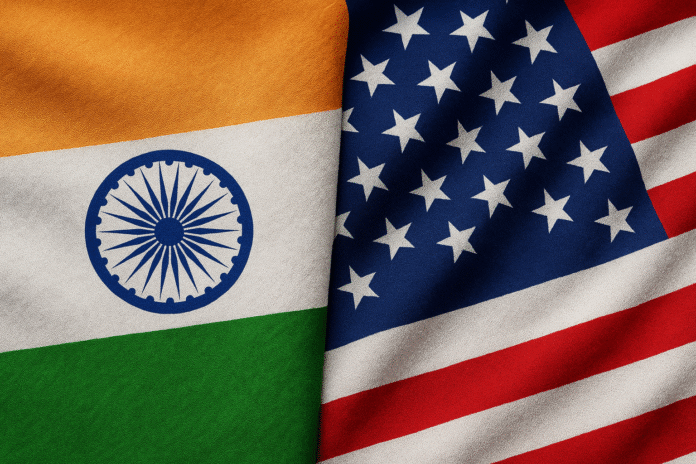In a significant development that could reshape bilateral trade ties, India and the United States are on the verge of sealing an interim trade agreement this week, just ahead of a looming tariff deadline. This deal marks a crucial milestone in the evolving economic partnership between the world’s largest and fifth-largest economies.https://www.business-standard.com/
Background: Trade Tensions and Renewed Talks
The move to finalize a mini trade deal comes after months of negotiations aimed at resolving long-standing trade issues between the two nations. While the U.S. and India have enjoyed a broadly positive strategic and defense relationship, their trade ties have faced friction in recent years. From disputes over digital taxes, medical devices, and agricultural market access, to tariff hikes on steel, aluminum, and other goods, the relationship has seen several flashpoints.
However, both nations have demonstrated a strong willingness to iron out these differences through diplomatic engagement and technical discussions. The urgency has grown as tariff rollback decisions, particularly from the U.S. side, are tied to upcoming policy deadlines.
What’s on the Table?
The interim agreement is expected to cover a wide range of trade concerns, offering mutual relief in several sectors. Key highlights include:
- Tariff Reductions or Eliminations: The U.S. may restore some trade preferences that India lost under the Generalized System of Preferences (GSP) in 2019, while India may cut or eliminate tariffs on certain American goods such as almonds, apples, and medical equipment.
- Market Access: India may grant more access to American agricultural and industrial products, while the U.S. may soften restrictions on Indian steel and aluminum exports.
- Digital Trade & E-Commerce: Discussions also reportedly include frameworks for cooperation on digital trade, data localization, and e-commerce norms — areas that have seen growing tension with the rapid digitization of both economies.
- Pharmaceutical and Health Devices: The U.S. has long sought greater access for its medical devices and pharmaceuticals in the Indian market. India, on the other hand, wants regulatory clarity and pricing stability.
Strategic Timing and Implications
The timing of the deal is significant. With the U.S. presidential elections approaching in November 2025, the Biden administration is eager to showcase strong global trade partnerships, particularly with key Indo-Pacific allies. For India, the deal comes at a time when Prime Minister Narendra Modi’s government is looking to deepen global supply chain integration and attract foreign investment under its “Make in India” initiative.
Finalizing the interim agreement would not only prevent further escalation of tariffs but also lay the groundwork for a more comprehensive Free Trade Agreement (FTA) in the future — a prospect that has long been discussed but never materialized.
Mutual Benefits and Future Outlook
Trade between India and the U.S. hit a record $200 billion in 2024, making the U.S. India’s largest trading partner. An interim deal could boost this figure further by eliminating trade irritants and boosting investor confidence.
Moreover, such a pact would align with larger geopolitical goals. Both countries are key players in the Quad alliance (India, US, Japan, Australia), and economic cooperation enhances their collective strategic posture, especially in the Indo-Pacific region where China’s influence continues to grow.
Conclusion
As India and the United States move closer to finalizing the interim trade agreement, the deal stands as a testament to the resilience and maturity of their bilateral relationship. More than just a technical trade fix, the agreement signals a renewed commitment to deeper economic ties, paving the way for a more balanced and forward-looking partnership.
If successfully concluded, the deal could serve as a blueprint for resolving other trade disputes globally — showing that diplomacy, mutual respect, and economic pragmatism can triumph over protectionism and unilateralism.



